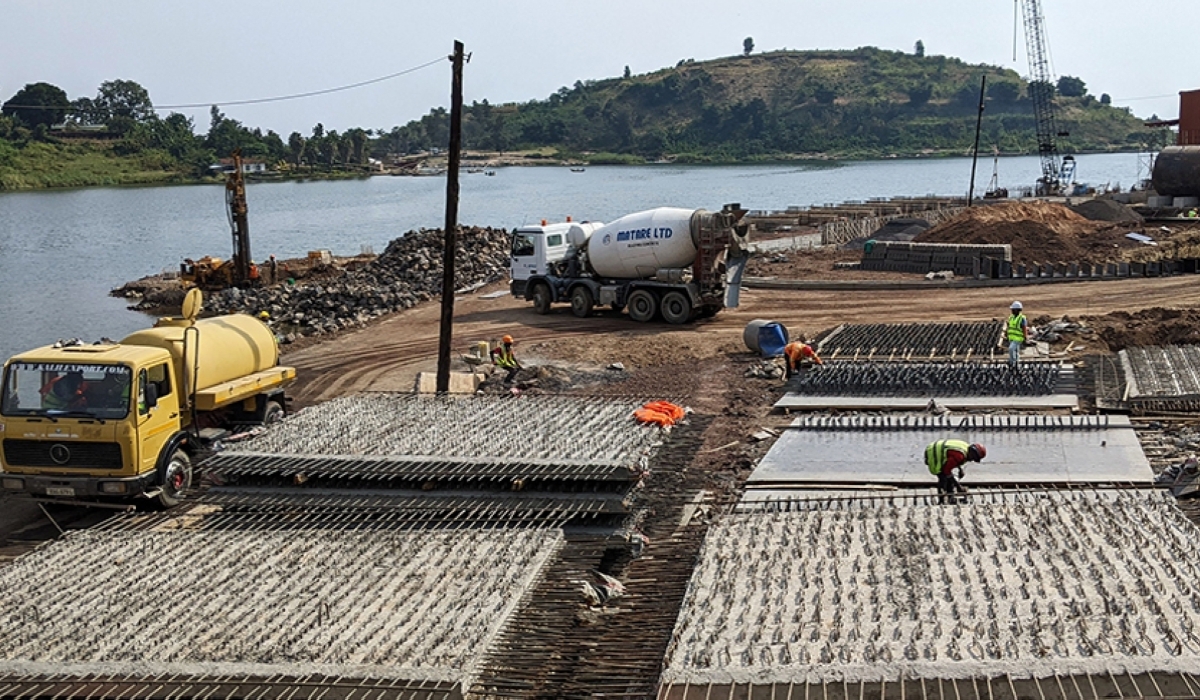Rubavu port construction works that are currently in progress and are set to make it the largest port on Lake Kivu, have reached 74% consummation status.
Outsizing some other port under development or being planned for around Lake Kivu, this port will essentially upgrade the development of individuals and merchandise in a huge margin
Because of its geographic area, the port, as of now being constructed by Century Engineering Contractors Ltd (CEC), remains a cutting-edge foundation project ready to help business and the travel industry areas of Rubavu and neighboring regions lining Lake Kivu.
Also read: Rwanda secures funding to develop four ports on Lake Kivu
As indicated by the Rwanda Transport Development Agency (RTDA), the Rubavu Port amenities project, will cost an expense of precisely Rwf9.2 billion and is anticipated for fruition by the end of this year. It stays as one-of-a-kind project tasks being performed in the Rubavu, Karongi, and Rusizi areas to enhance works associated with transportation and trade routes.
Rubavu Port Features and Facilities
Arranged in the districts of Rubavu Nyamyumba Area which is, a region encountering town extension, the port traverses on two hectares, and will have a limit of 1.4 million travelers every year. It can accommodate a couple of huge freight vessels, each 60m long.
A very crucial part of the Rubavu port construction project is the freight terminal. The terminal incorporates arrangements, for example, truck parking, staff accommodation structures, a gas station, a wastewater treatment facility, a facility for storage, a quay, and a couple of huge tanks intended to hold water with the objective of firefighting.
The traveler terminal, planned basically for the travel industry, includes a two-level structure highlighting a ramp for people with physical disabilities. It contains a café, the offices of the staff in charge, a station for the police, security-designated spots, and bathrooms and restrooms.
A segment of the port known as the slipway will be laid out during the second period of construction works, which will be utilized for ship and boat-building tasks.

